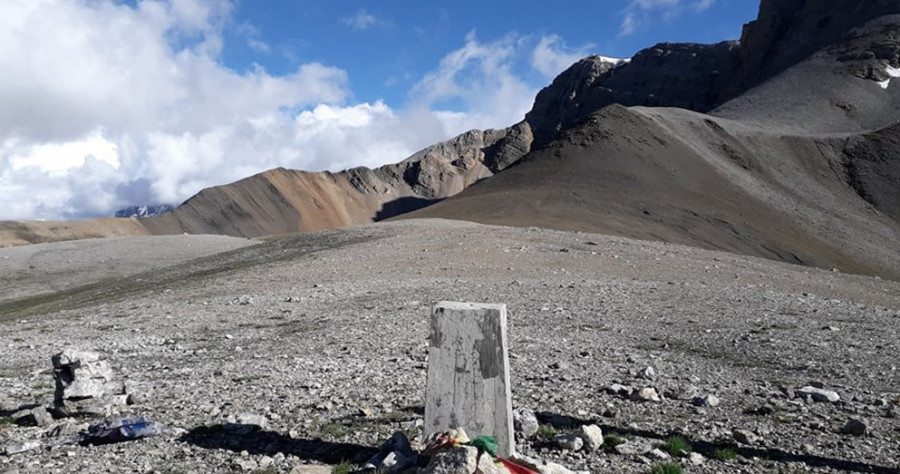China's Expanding Border Incursions in Nepal: A Coercive Strategy

Recent reports, including a detailed investigation by The New York Times, reveal alarming developments regarding China's encroachment into Nepalese territory. China has initiated the construction of fences along its border with Nepal, effectively expanding its territorial claims and exerting coercive pressure on the region. This strategy, characterized by aggressive territorial expansion, not only threatens Nepal's sovereignty but also reflects China's broader ambitions to undermine the influence of the Dalai Lama among Tibetan communities in Nepal.
The encroachment is particularly evident in Humla, a district in Nepal’s Karnali province, where Chinese barbed wire fences and surveillance systems have been erected. These actions align with China's ongoing efforts to impose its anti-Dalai Lama policy on Tibetan populations, which Beijing perceives as a threat to regional stability. Reports indicate that Chinese security forces are actively discouraging ethnic Tibetans in Nepal from displaying images of the Dalai Lama, intensifying cultural and religious suppression.
China’s motivations extend beyond territorial claims; it aims to diminish the Dalai Lama’s influence in Nepal through the promotion of Chinese Buddhism and coercive diplomacy. The construction of infrastructure such as customs offices and immigration facilities on the Nepalese side of the border further illustrates Beijing's intentions to establish control over the region.
This pattern of behavior is not isolated to Nepal. In recent years, China has also laid claims to territories in Ladakh, Sikkim, Bhutan, and Arunachal Pradesh, employing a systematic approach to expand its borders. Notably, in Bhutan, which lacks diplomatic ties with China, Beijing has made aggressive territorial claims while simultaneously constructing villages within Bhutanese borders, further complicating the geopolitical landscape.
The implications of China's actions are profound, as they pose significant challenges not only to Nepal's territorial integrity but also to the broader geopolitical balance in South Asia. The ongoing encroachments have led to a sharp decline in the number of Tibetan refugees seeking asylum in Nepal, as many are now trapped between the oppressive Chinese regime and their aspirations for freedom.
The international community must recognize and address China's salami-slicing strategy of territorial expansion. As China continues its aggressive stance in Nepal and other neighboring regions, the risks of broader regional instability increase, underscoring the urgent need for a unified response to safeguard the sovereignty of nations threatened by such incursions.




![From Kathmandu to the World: How Excel Students Are Winning Big [Admission Open]](https://nepalaaja.com/index.php/img/70194/medium/excel-college-info-eng-nep-2342.jpg)
